
Zero Trust Architecture - An executive guide
ZTA operates on a fundamental principle - never trust, always verify. Lets understand what it is and how to implement it

ZTA operates on a fundamental principle - never trust, always verify. Lets understand what it is and how to implement it
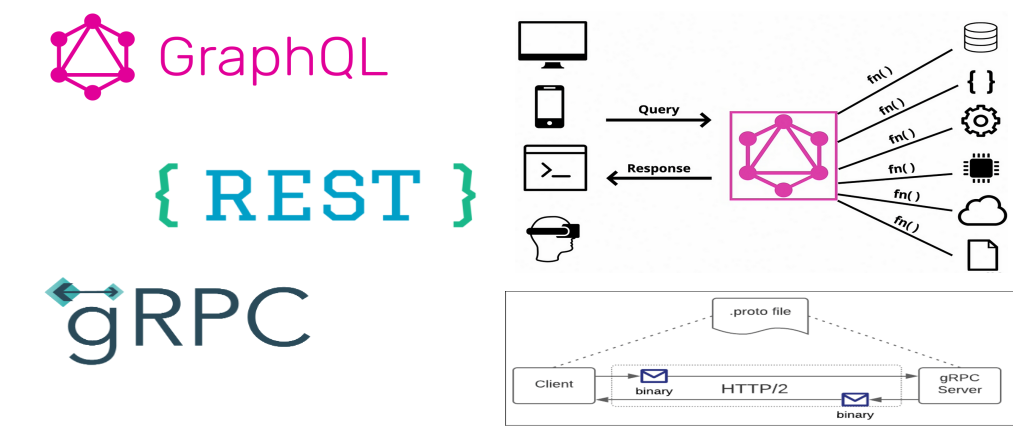
Three technologies stand out as primary choices for developing API’s REST, GraphQL, and gRPC. Understanding what they bring to the table and making sure it aligns with your API design goals is key in developing successful API’s
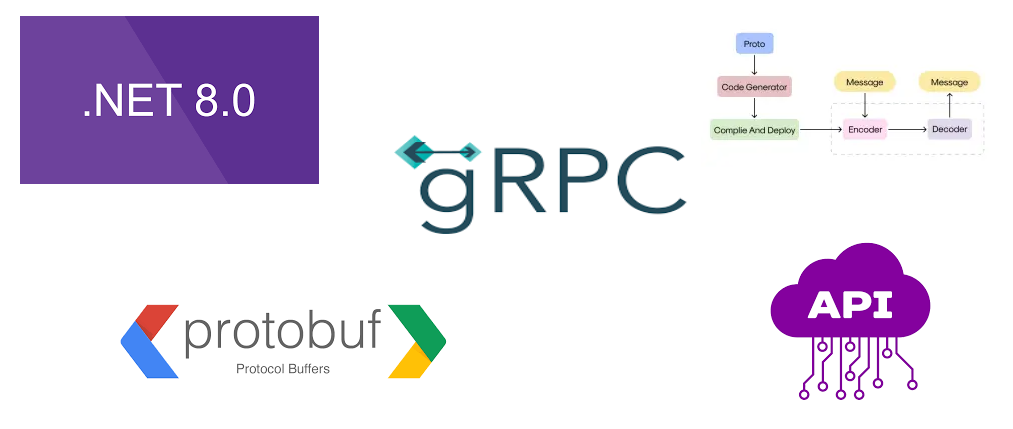
Dive into gRPC with this tutorial – understand Protocol Buffers, define services, and implement a gRPC server in .NET for fast, efficient communication.

The twelve-factor app principles are a collection of best practices for building microservices-based cloud-native applications. These applications are modular, scalable, and agile. They are designed to perform at web scale and provide high resiliency.
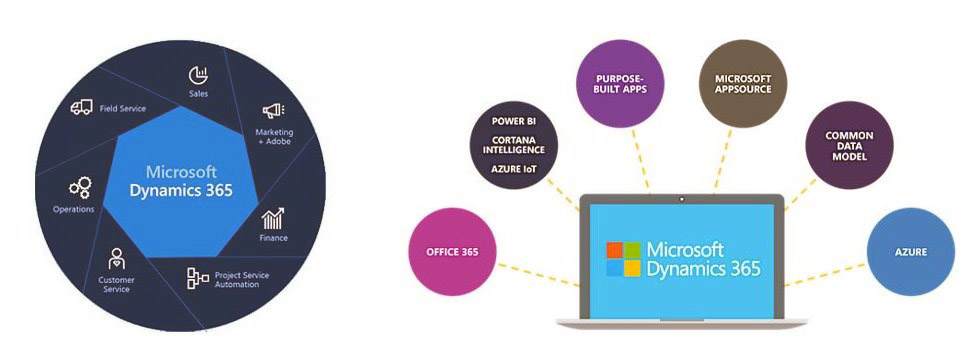
Dynamics 365 for Finance and Operations is designed and architected for the cloud. It can be deployed as an on-premises system or on the cloud.

An API Gateway provides a single and unified API entry point across one or more internal APIs. It mediates, routes, and invokes a respective endpoint after request verification, content filtering, authentication, and authorization.
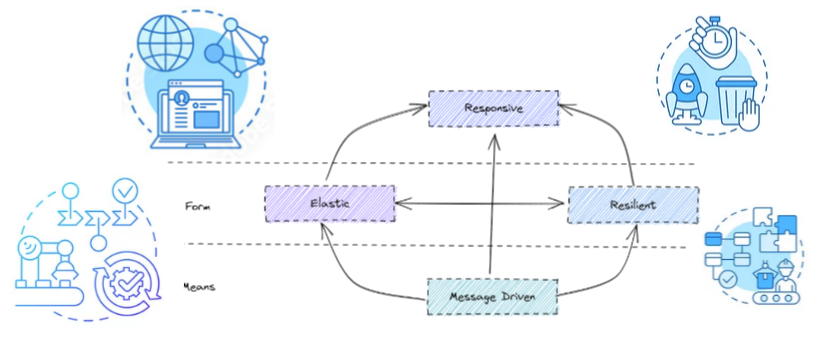
The Reactive Manifesto describes how to design and architect Reactive systems according to your needs.Systems built as Reactive Systems are more Reliable, flexible, loosely coupled, scalable and resilient. This makes them easier to develop and amenable to change. Reactive systems are more tolerant of failure and when failure does occur, they meet it with elegance rather than disaster.
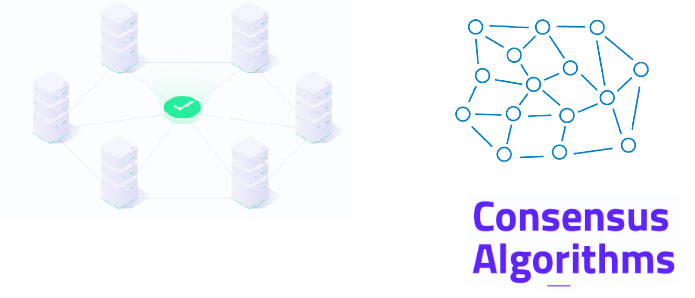
Consensus is one of the most important and fundamental problems in distributed computing. Simply put, the goal of consensus is to get several nodes to agree on something. It is a distributed computing concept that is used to provide a means of agreeing to a single version of truth by all peers on the distributed network.

Cross-Origin Resource Sharing or CORS is a mechanism that enables a web browser to perform cross-domain requests. Cross-domain requests are HTTP requests for resources hosted on a different domain than the domain of the resource making the request.
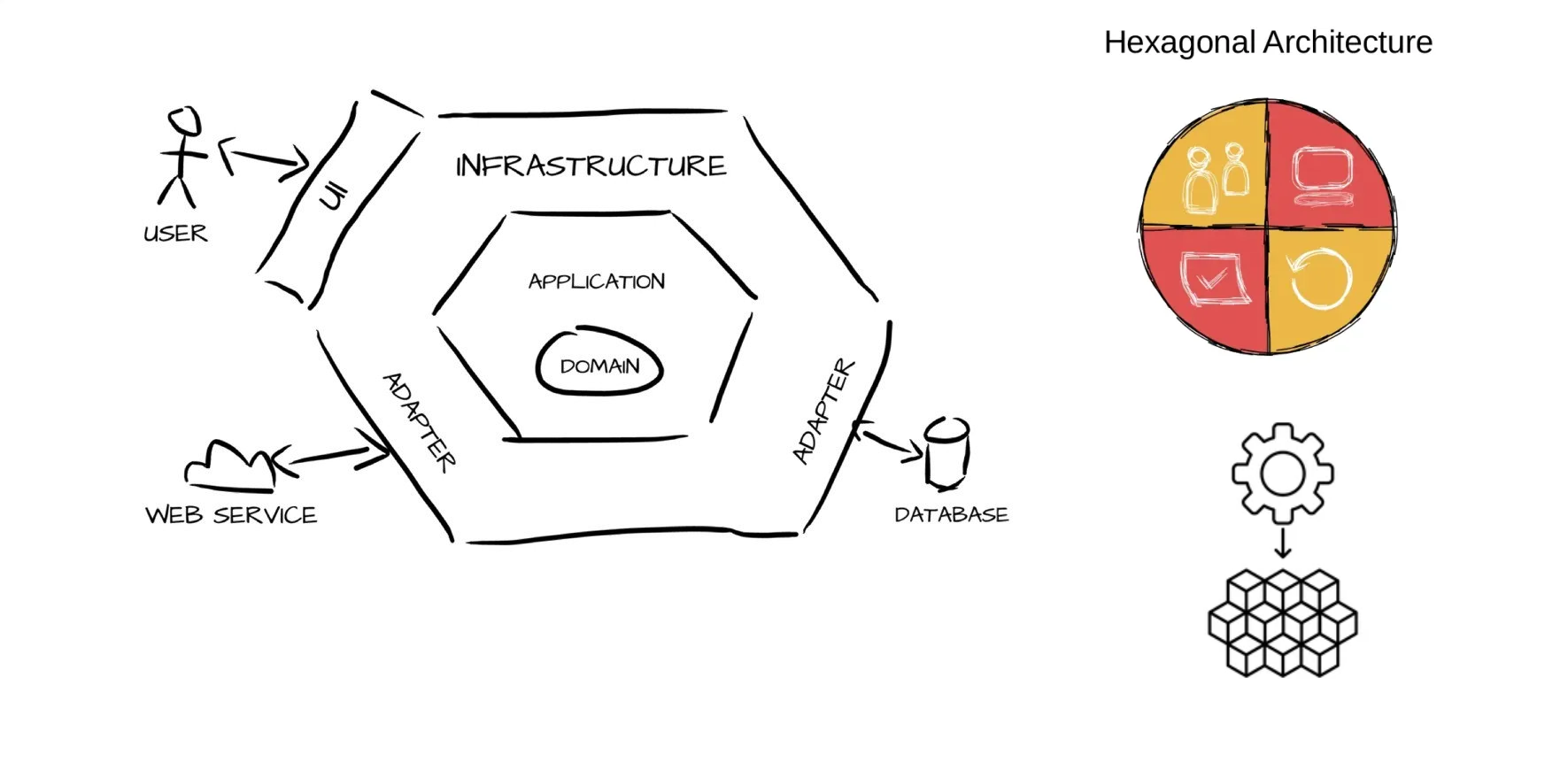
Hexagonal architecture aims to decouple business logic from other parts of the component, especially the persistence, eventing and services layers. A component, built on the ports and adapters pattern, exposes a set of ports to which one or more adapters can be added as necessary.